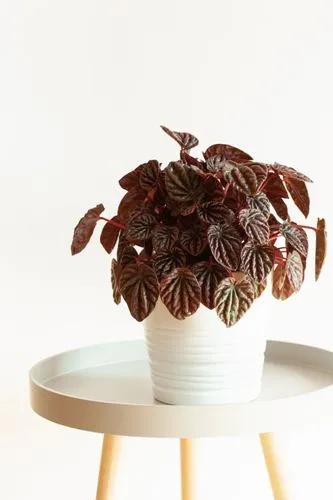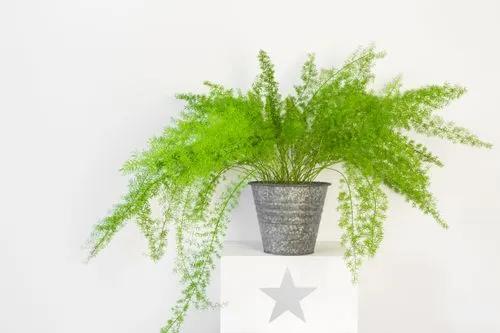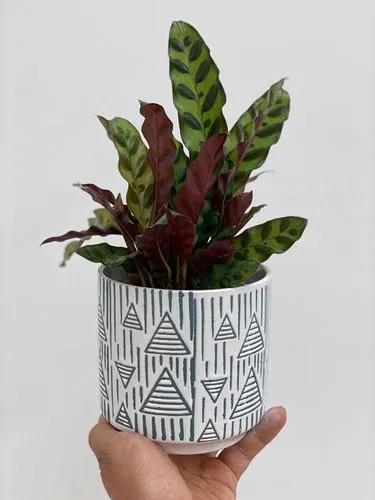Often called the Leopard Lily for its spotted flowers, this plant is also called the Blackberry Lily for its seed clusters. This plant only blooms for a few weeks during the summer and is often confused with other Iris plants.
Leopard Lily Care
Iris domestica
Other names: Blackberry Lily, Belamcanda Chinensis



Discovered in Japan, China, and Eastern Russia, the Iris domestica has traveled around the world. Its identification is easy by looking for spotted flowers ranging from orange to yellow, with six perfectly even leaves. The stem itself will grow to 18 inches (45 cm) and sprout many flowers but will only bloom shortly before going to seed.
Once the seed capsules open to reveal the clusters of seeds resembling blackberries, the plant will go into hibernation. Dried Leopard Lily seeds are wonderful additions to flower arrangements.
How to Care for the Plant

Water

This hardy plant is drought-tolerant and only requires weekly or bi-weekly watering. Less is more with this plant, and only a ½ inch (1.2 cm) of water should be added during drought and winter.

Pruning

This plant is known for its aggressive seeding. If you’d like to keep your plants contained, remove the seed capsules as they grow.

Fertilizer

While this plant does not require fertilizer, a once-yearly feeding of a balanced fertilizer can encourage growth.

Sunlight

This cheery plant thrives on full or partial sunlight and wishes to be in the sun for up to 6 hours a day, more if possible.

Soil

This plant is not too picky about its soil but does require a well-draining, slightly acidic soil. Leopard Lilies will grow taller in rich soils and shorter in less-nutritious soil.

Propagation

While the Leopard Lily will propagate on its own with its abundance of seeds, it’s possible to divide the root clumps and place them in the desired location.

Temperature

The Leopard Lily is a hardy plant and will survive year-round temperatures.

Container

A container that is at least 10 inches (25 cm) deep is best to encourage growth.

Fun fact

The rhizome, also known as rootstalks, are commonly used for medicinal purposes in eastern Asian countries.

Popularity

941 people already have this plant 72 people have added this plant to their wishlists
Discover more plants with the list below
Popular articles






